10 Ingredients Gaining Interest in Modern Cooking
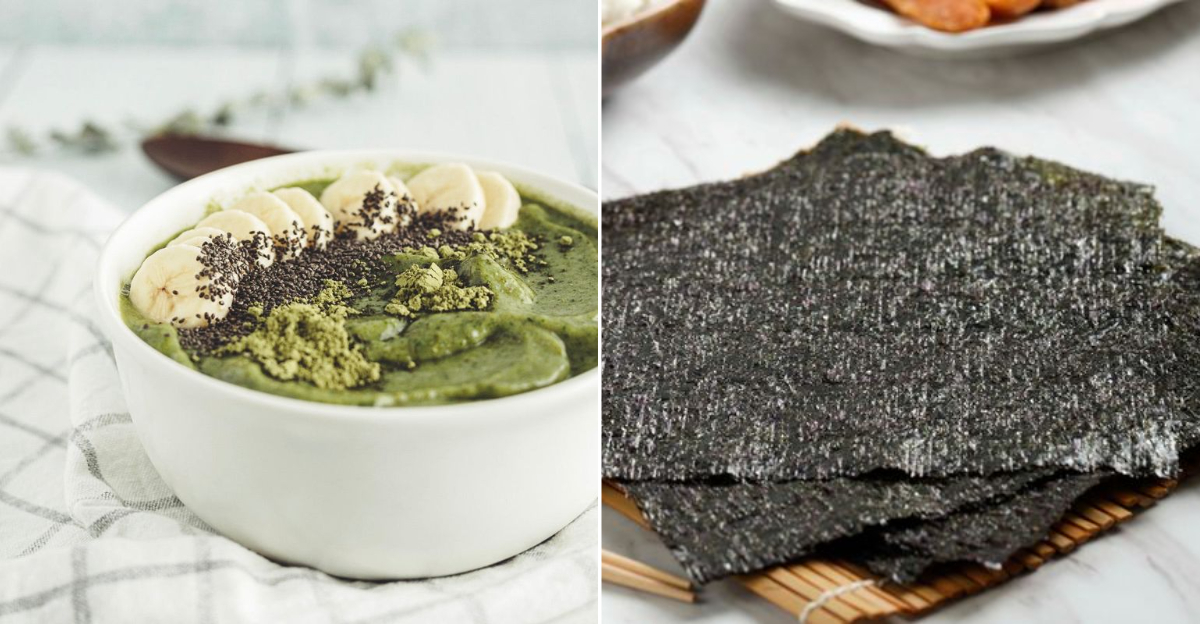
In the evolving world of culinary, modern kitchens are buzzing with excitement over different and intriguing ingredients. From older staples to peculiar novelties, these components are reshaping recipes and sparking culinary cuisines. Here’s a look at ten ingredients that are becoming more noticed by both home cooks and chefs. Whether you’re trying something distinctive or adding a slight twist, these ingredients bring a bit of variety to your cooking.
1. Spirulina
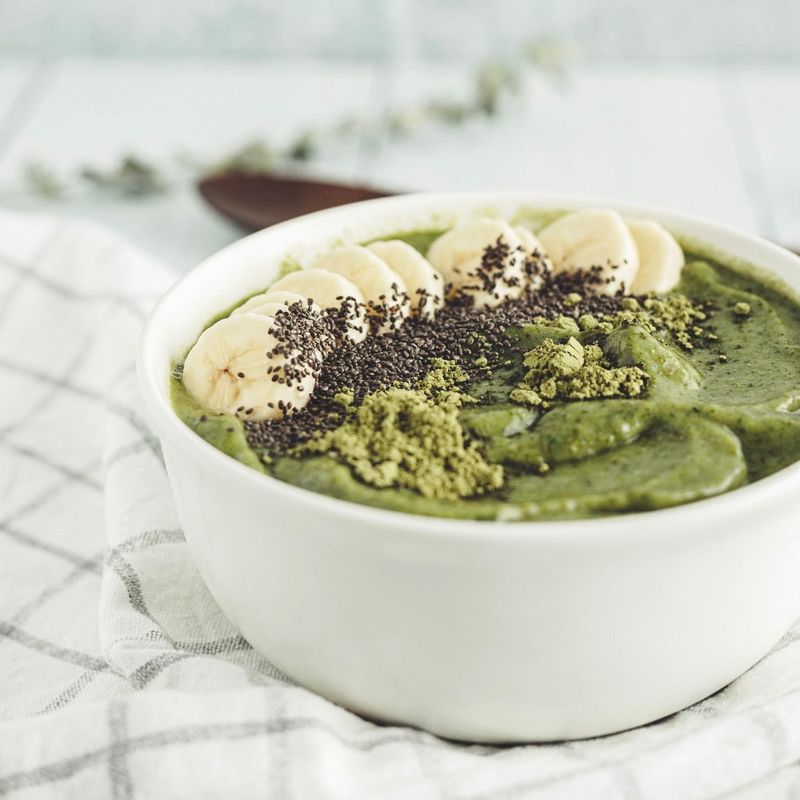
Spirulina, the green algae, is making waves in kitchens for its nutrient-rich profile. Known for its high protein content, spirulina adds a healthful twist to smoothies and juices. Its slightly earthy taste blends well with fruits and vegetables. If you’re feeling adventurous, try adding it to homemade energy bars or salad dressings. Spirulina not only boosts nutrition but also adds a distinctive color to dishes. Many health enthusiasts use it as a supplement, but its culinary potential is vast and exciting. This ingredient offers a fresh take on traditional recipes, encouraging experimentation. Whether you’re a seasoned chef or a cooking novice, spirulina opens up interesting ideas.
2. Jackfruit
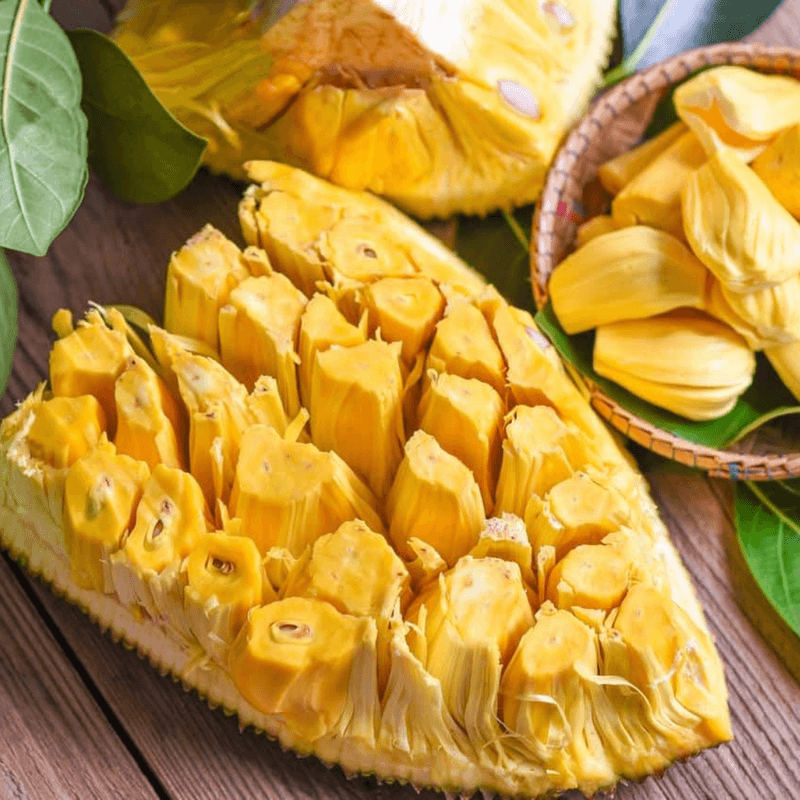
Jackfruit, often hailed as a “vegetable meat,” is capturing the hearts of those seeking plant-based alternatives. Its fibrous texture makes it an ideal substitute for pulled chicken. It’s especially popular in curries, tacos, and even as a pizza topping. When unripe, jackfruit’s mild flavor absorbs spices beautifully, making it versatile in various cuisines. This tropical fruit is not only delicious but also rich in vitamins and fiber. Its culinary uses continue to expand, bringing a taste of the tropics to everyday meals. Exploring jackfruit can introduce an exciting and healthy experience to your cooking.
3. Sumac
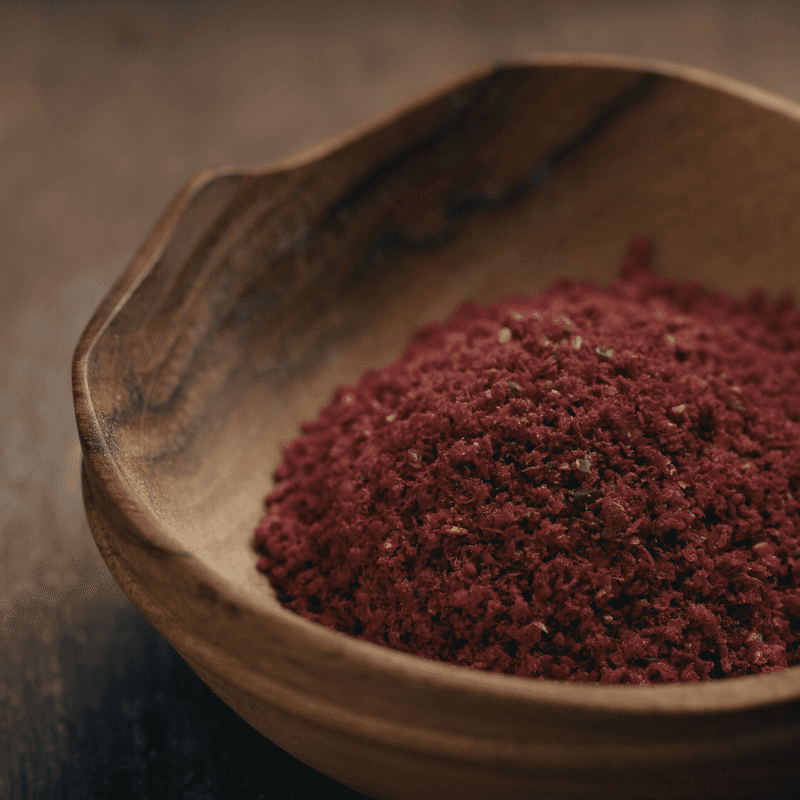
Sumac, a tangy Middle Eastern spice, is adding zest to modern cooking. Its lemony flavor profile brightens up dishes, offering an alternative to citrus fruits. Sumac is commonly used in rubs for meats, sprinkled over salads, or mixed into dressings. Its red color makes it visually appealing as a garnish. Beside taste, sumac is appreciated for its antioxidant properties. Its flavor enhances simple ingredients, transforming them into gourmet delights. Incorporating sumac into your culinary repertoire can enhance both the flavor and presentation of your dishes, giving them an exotic flair.
4. Sea Buckthorn
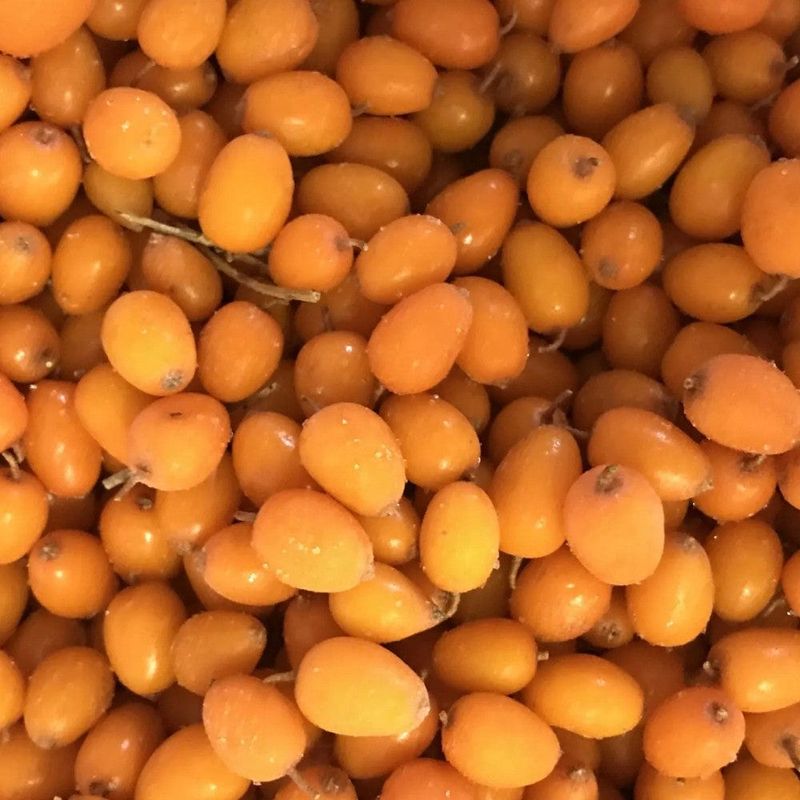
Sea buckthorn, with its bright orange berries, is gaining attention for its tart, citrus-like taste. Often found in jams and juices, it’s branching out into more adventurous culinary uses. Chefs are experimenting with sea buckthorn in sauces, desserts, and even cocktails. The berries are packed with vitamins and antioxidants, adding both flavor and nutrition. Its taste pairs well with both sweet and savory dishes. Sea buckthorn can add an unexpected twist to your cooking, making it a trendy choice for those seeking innovative flavors.
5. Nori
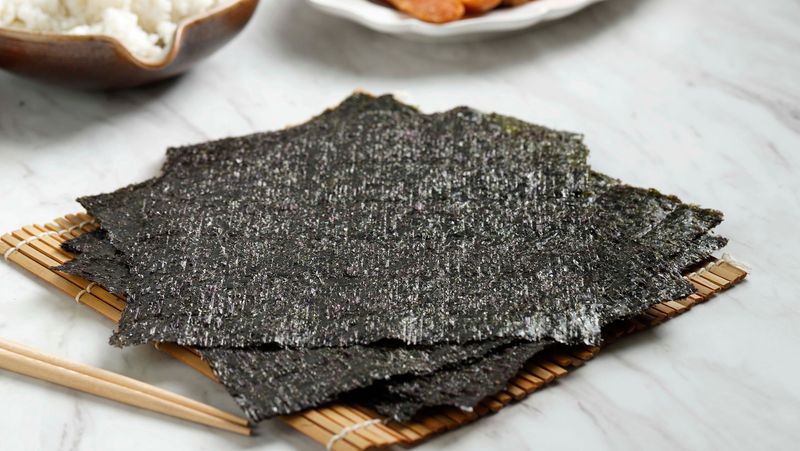
Nori, the well-loved seaweed, is making its way beside sushi rolls into various culinary innovations. Its umami flavor and crisp texture complement a wide range of dishes. From seasoning popcorn to wrapping rice balls, nori offers a taste experience. It’s also a ideal garnish for soups and salads. Being rich in minerals and low in calories, nori caters to health-conscious cooks. Experimenting with nori can lead to exciting meals, as its versatility allows for different kitchen adventures. This ingredient continues to inspire chefs, enhancing dishes with its different recipes.
6. Freekeh
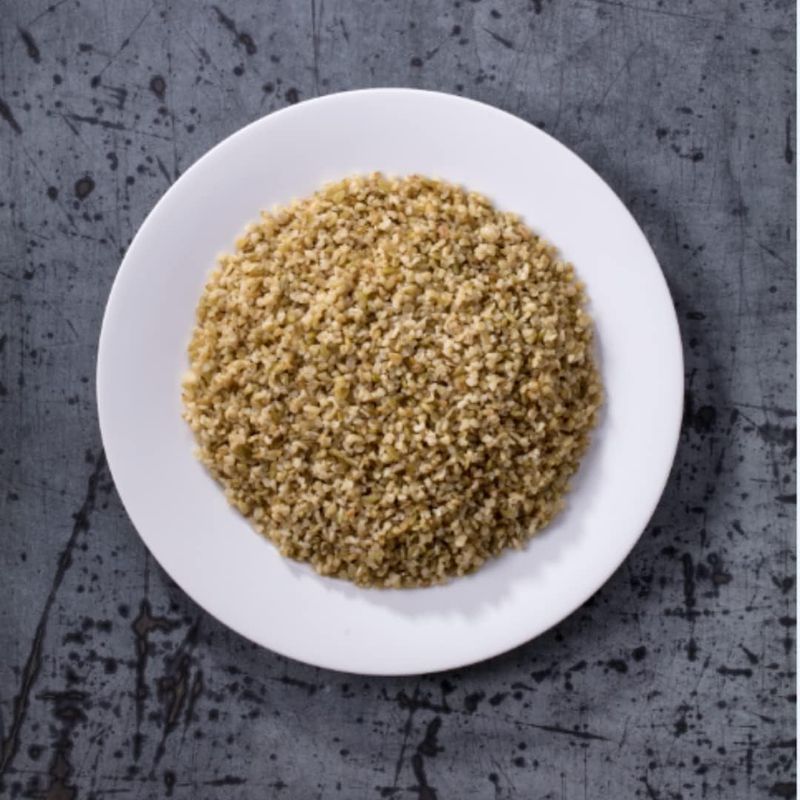
Freekeh, an ancient grain from the Middle East, is capturing attention for its nutty taste and chewy texture. This young, green wheat is roasted and its adding depth to dishes. It’s a nutritious alternative to rice or quinoa, often used in salads, pilafs, or soups. Freekeh’s processing method preserves its nutritional value, making it a favorite among health enthusiasts. Its rich flavor pairs well with roasted vegetables, hearty stews, and even in baking. Incorporating freekeh into your meals can introduce a wholesome and flavorful element, suitable for those looking to explore new grains.
7. Moringa
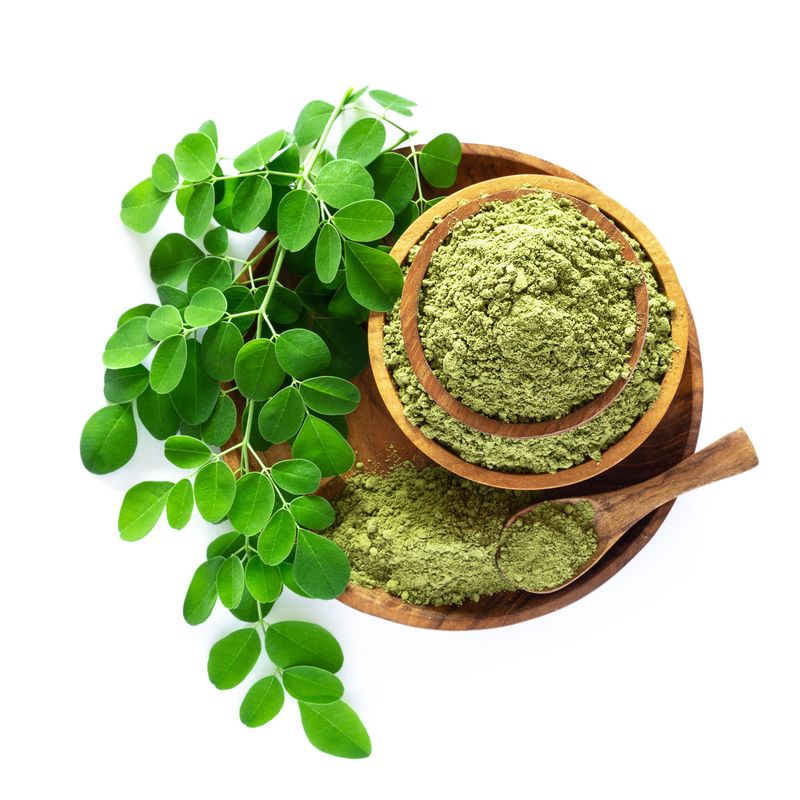
Moringa, dubbed a superfood, is branching into the culinary world with its nutrient-packed leaves and pods. Its subtle, earthy flavor complements a variety of dishes, from smoothies to soups. Moringa powder is often used in teas or sprinkled over salads for a nutritional boost. Its leaves can be cooked like spinach, adding a healthy twist to classic recipes. High in vitamins and minerals, moringa is a favorite among those seeking natural wellness. Its culinary uses are expanding, offering an array of delicious and health-enhancing possibilities. Try moringa to infuse your cooking with both flavor and nourishment.
8. Ube
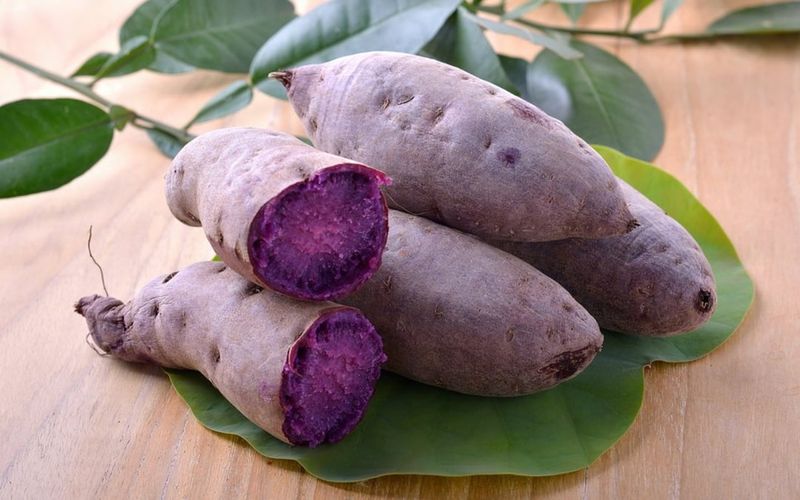
Ube, the purple yam, is captivating chefs with its distinctive color and subtle sweetness. Often seen in desserts, ube adds a hue to cakes, ice creams, and pastries. Beside sweets, it’s being used in savory dishes for its creamy texture. Ube’s versatility extends to breads and even beverages, offering a delightful visual and taste experience. With its rich history in Filipino cuisine, ube is making its mark globally, inviting cooks to explore its diverse uses. Whether baked, boiled, or mashed, ube brings a playful and colorful touch to the culinary world.
9. Cacao Nibs
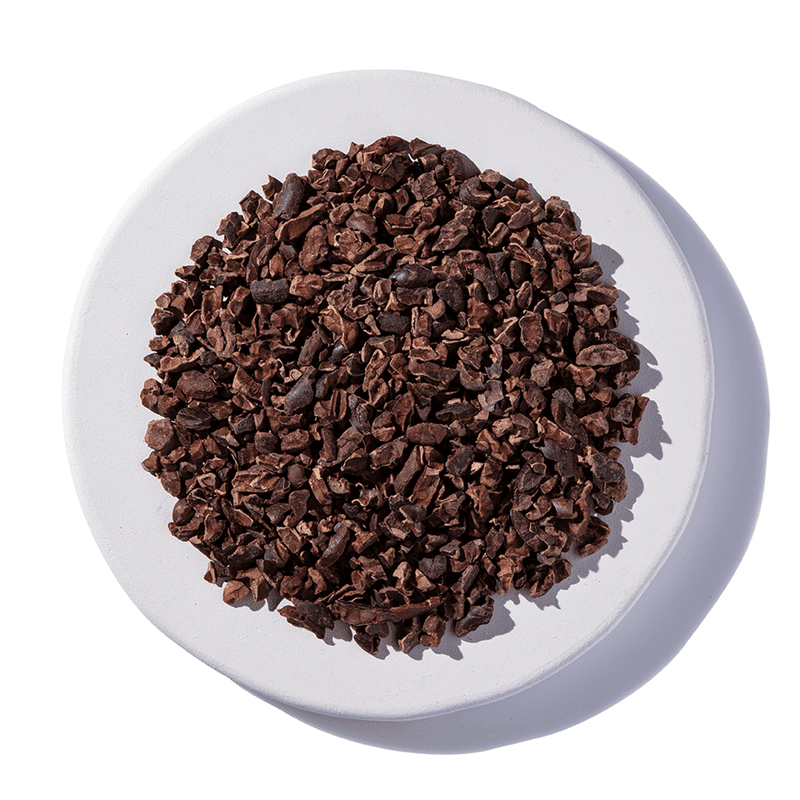
Cacao nibs, the raw, crunchy pieces of cacao beans, are intriguing chocolate lovers with their intense flavor. These nibs retain all the natural goodness of cacao, offering a rich, slightly bitter taste. They’re suitable for adding texture to desserts, smoothies, or homemade granola. Cacao nibs also work well in savory dishes, lending a twist to sauces and spice rubs. Rich in antioxidants, they offer a healthful indulgence for chocolate enthusiasts. This ingredient allows for culinary exploration, transforming simple recipes into memorable treats. Experiment with cacao nibs to enhance your chocolate experience.
10. Szechuan Peppercorns
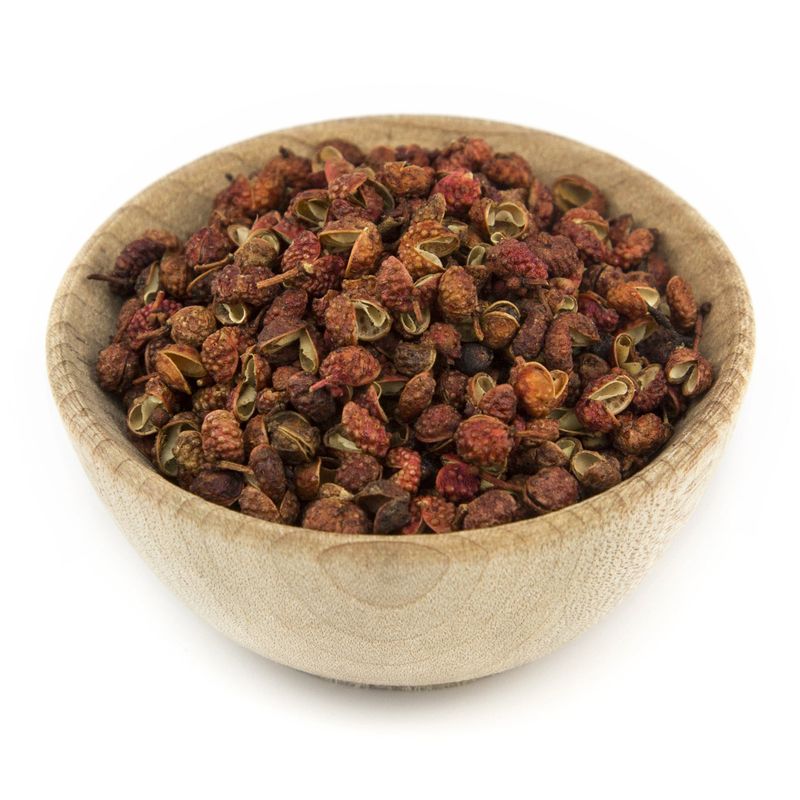
Szechuan peppercorns, known for their tingly sensation, are spicing up modern kitchens with their bold flavor. Different than traditional pepper, these peppercorns offer a numbing zing that enhances dishes. They’re a staple in Chinese cuisine, suitable for stir-fries, meat dishes, and sauces. Their citrus-like aroma adds a refreshing touch, making them versatile in various recipes. Beside heat, Szechuan peppercorns bring a sensory experience that intrigues cooks and diners alike. Exploring these peppercorns can lead to bold and flavorful dishes, igniting curiosity in the kitchen. Embrace their character for an exciting culinary journey.
